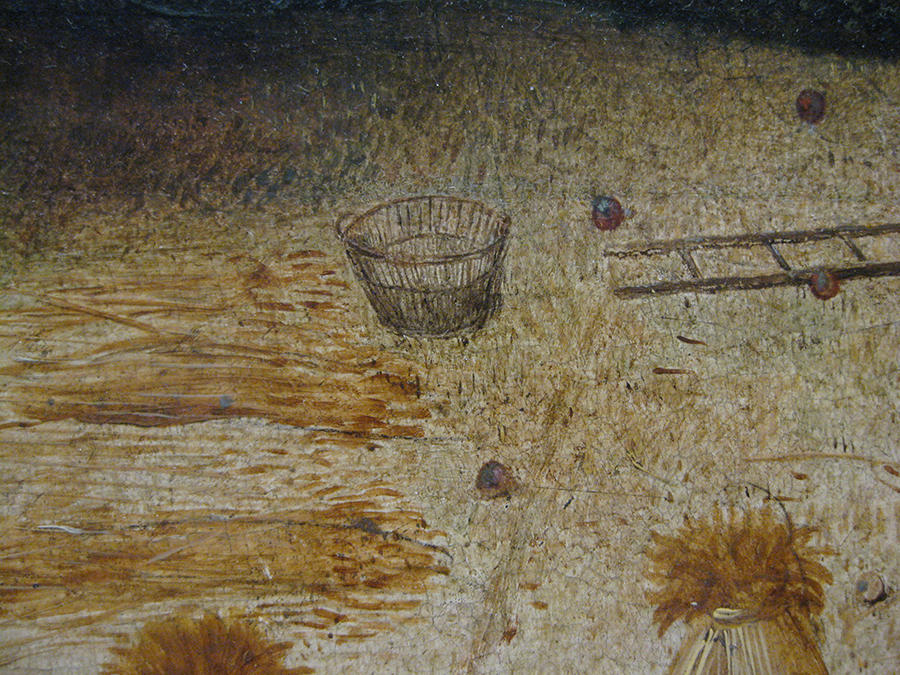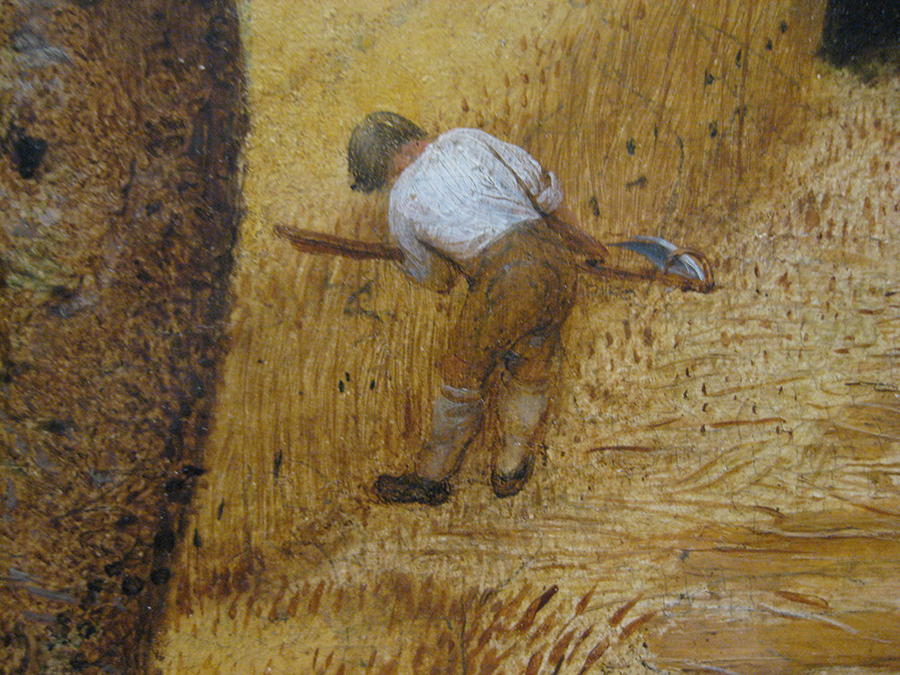I drew a design called Love your Shadow. It refers to Carl Jung’s idea of the Shadow, and some guided meditations with "Jungian" imagary from the book The Tools by Phil Stutz and Barry Michels. The design is mainly intended for t-shirts, and initially required being printed on a mid value t-shirt; not too dark and not too light.
T-shirt too light….
T-shirt too dark….
T-shirt Just right!
As I developed the design, I developed some other versions of it that would work on shirts of colors other than mid values. First this one, which, because the white figure is outlined, can be printed on white or light colored shirts. But still not dark shirts or the Shadow would get lost.
And then I developed this design with a green/gray colored circle around the figures. Because it has its own background, It can be printed on any color shirt.
One of my initial developments of the drawing had eyelashes. A woman in my art group* said she liked the eyelashes, and I should leave them in. This gave me the idea to do a second version of the design with eyelashes, for people who identify as female. So I did a male and female version of each design.(*Thanks Erin!)
I already had an on demand print shop called FineArtAmerica (now also called Pixels), for making art prints of my paintings. They do a great job on art prints, which is their main focus, but have a limited variety of t-shirt colors available, particularly for mid value colors which I wanted for this design. So I researched on demand print companies for t-shirts and settled on one called Printify. They have many brands of shirts available and in many colors. Pixels still has some advantages though. While Printify has more shirt styles and colors available at their store, with their system the artist (me in this case) chooses which shirts and colors are available, and the size of the image on the shirt. With Pixels on the other hand, the customer can choose any color shirt they want, and adjust the size and placement of the art on the shirt. You can also prints stickers and other things that Pixels offers. Also, at the moment Printify only ships to addresses the United States. Pixels ships to anywhere the world. If you would like to see the shirts or buy one, these are the websites for each of the stores:
Printify: https://chrismilesart.printify.me
Pixels / FineArtAmerica: https://chris-miles.pixels.com



























